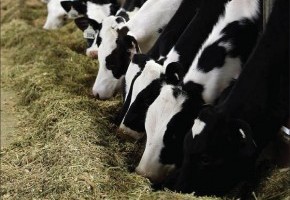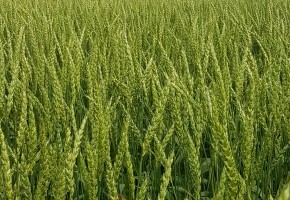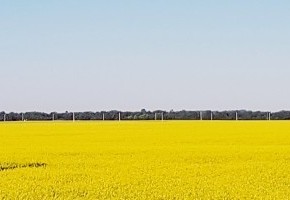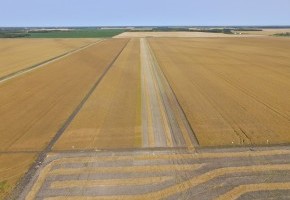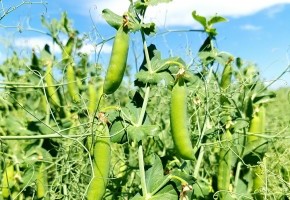Diversity of crops is critical to be able to farm sustainably here in Western Canada, and to ensure long term profitability. This is easier said than done. As farmers, there are many limiting factors of growing certain crop types in certain regions. For example, in the southern Prairies, many are currently debating what to grow with lack of moisture. In the Peace River region, many are limited because of access to markets. The shorter growing season of Western Canada, especially in the northern Prairies, limits what crop types we can grow. Economics and markets also have a major role in a farmer’s decision on what to grow. Even with all these barriers, the benefits of extending your crop rotation greatly outweighs the hassle. Farmers who diversify their crop types on farm can see significant benefits, of which are outlined below.

